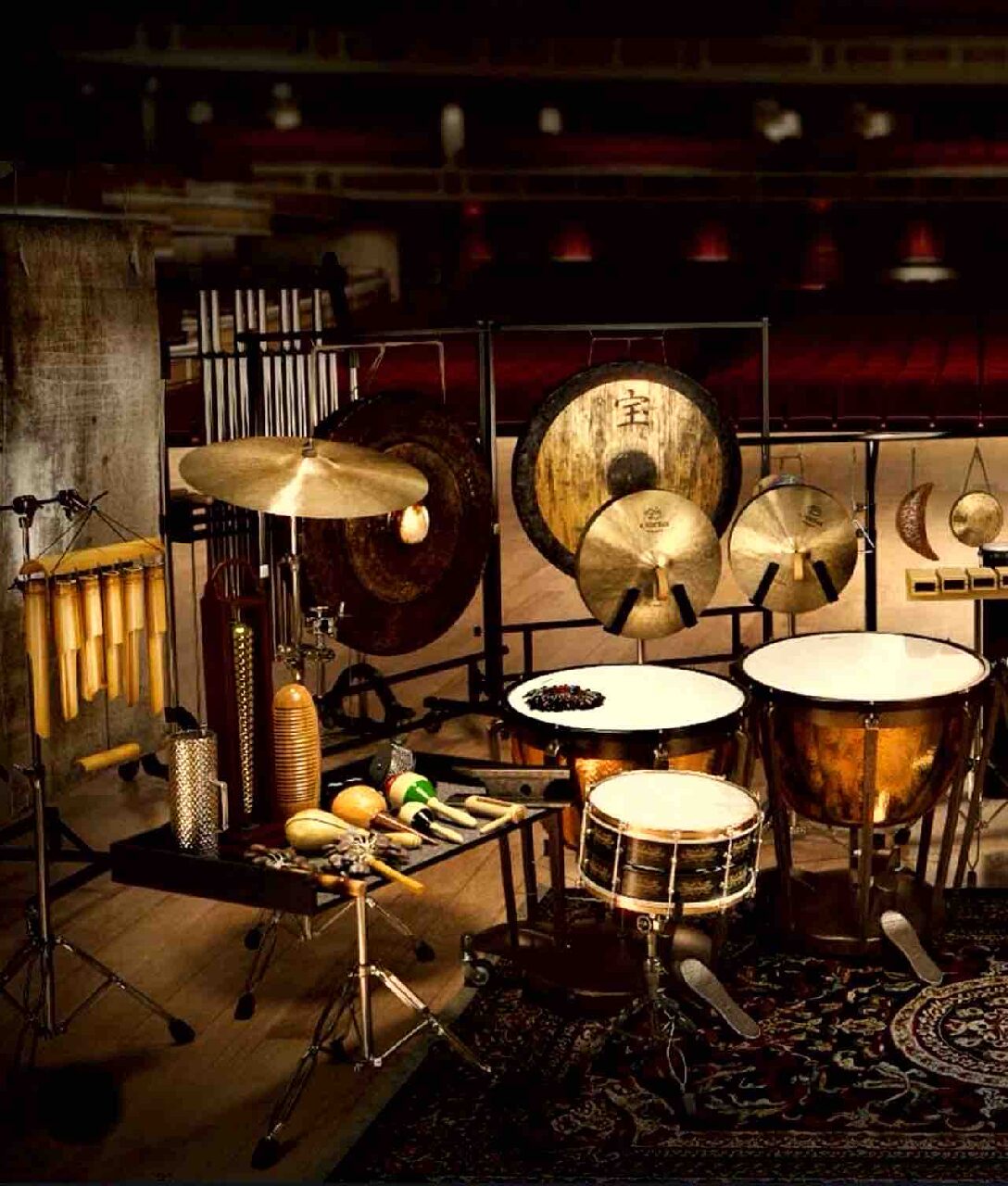Percussionists are often lauded for their ability to juggle multiple instruments simultaneously, creating complex rhythmic patterns that drive a band forward. But how do they develop this extraordinary coordination? It’s a combination of physical skill, mental focus, and dedicated practice. In this article, we’ll explore the key elements of developing percussion coordination and provide practical tips for improvement.
Understanding Percussion Coordination
Percussion coordination is the ability to control multiple limbs and instruments independently while maintaining a consistent tempo and rhythmic accuracy. It’s a skill that requires both physical dexterity and mental focus. While some individuals may have a natural aptitude for it, everyone can improve their coordination with consistent practice and the right approach.
Building a Strong Foundation
Before diving into complex patterns, it’s essential to establish a solid foundation. Here are some fundamental exercises to develop your coordination:
- Rudimental Practice: Mastering basic drum rudiments like single strokes, double strokes, and paradiddles is crucial. These exercises improve independence between your hands and feet.
- Metronome Work: Regular practice with a metronome helps develop a strong sense of timing and consistency. Start slowly and gradually increase the tempo as your coordination improves.
- Hand-Foot Coordination: Exercises that involve coordinating your hands and feet, such as playing bass drum and snare drum together, are essential for developing overall coordination.
Expanding Your Instrument Arsenal
Once you’ve mastered the basics, it’s time to expand your instrument arsenal. Start by adding simple instruments like tambourine or cowbell to your setup. Focus on playing basic rhythms on each instrument independently before combining them.
- Start Simple: Begin with easy patterns and gradually increase complexity as you become more comfortable.
- Isolation: Practice playing each instrument individually to master its technique and sound.
- Synchronization: Gradually combine instruments, focusing on synchronizing their rhythms.
Mental Focus and Visualization
Mental practice is just as important as physical practice. Visualize yourself playing the desired pattern flawlessly. This mental rehearsal helps solidify the neural pathways in your brain, making it easier to execute the pattern physically.
- Break Down of Patterns: Complex patterns can be overwhelming. Break them down into smaller, manageable sections.
- Listen Actively: Pay attention to the rhythmic relationships between the instruments.
- Develop a Strong Inner Metronome: A strong sense of internal timing is crucial for maintaining consistency.
Practical Tips for Improvement
- Practice Regularly: Consistent practice is key to developing any skill. Even short practice sessions can make a significant difference.
- Vary Your Practice Routine: Avoid monotony by incorporating different exercises and rhythms into your practice routine.
- Record Yourself: Listening to your playing can help identify areas for improvement.
- Learn from Others: Watch videos of professional percussionists and analyze their techniques.
- Find a Drumming Buddy: Playing with others can be motivating and help you develop your skills faster.
Developing percussion coordination is a journey, not a destination. It requires patience, persistence, and a love for the instrument. By following these guidelines and staying committed to your practice, you’ll be well on your way to becoming a versatile and skilled percussionist!



